Spodoptera exigua
(Hübner, [1808])
-
 Subfamily: Xyleninae, Prodeniini
Subfamily: Xyleninae, Prodeniini -
 Wingspan: 26-32 mm
Wingspan: 26-32 mm -
 Flight period: Apr - Nov
Flight period: Apr - Nov -
 Spread: Common
Spread: Common -
 Host plants: Polyphagous
Host plants: Polyphagous
Information
The Spodoptera exigua also called Small Mottled Willow or Beet Armyworm is a moth of the Noctuidae family, subfamily Xyleninae,
with wingspan of 45-52 mm.
It is present throughout Europe with the exception of Iceland and Northern European Russia. *
The origin of the species is subtropical, it is thought in the countries of Southeast Asia, but it is to be considered cosmopolitan, as it is found in Europe, Asia, South and Central America. ****
In Italy it is also present in the islands. *
The front wings of Spodoptera exigua are grayish ocher, tinged with dull yellow and sprinkled with black scales.
The inner and outer lines are double, indistinct pale yellowish in color. A shadow is visible in the middle area, before the lower half of the outer line.
There are two stigmas, one round yellow-orange, the other kidney-shaped of the same color with brown or white lunula, curved in the center of the stigma.
The light gray submarginal line. There is darker hue than with dark streaks between the veins. The end points are black.
Translucent hind wings white, with dark brown veins.
Head, thorax and abdomen are in the background color of the front wings, with a moderate down.
The Spodoptera exigua has several generations a year (in Italy normally three) the adults are visible from April to November depending on the latitude. ***
This moth usually overwinters at the chrysalis stage in the ground it has migrating characters and in the areas where it does not overwinter it comes from the warmest areas.
After fledging, the spawning period can vary from 2 to 7 days while, normally, the lifespan of Spodoptera exigua adults is 9-10 days.
In our ranges, the female can produce about 1,700 eggs, laid in several ovations consisting of 50-150 elements.
With a favorable climatic trend, the larvae emerge in 2-3 days, going through 5 evolutionary stages, at the end of which they crystallize.
During the first ages the larvae live gregarious under weft of silky threads, while in more advanced ages they tend to separate.
The eggs are deposited in plaques on the leaves of the nourishing plants, and have a whitish color.
Depending on the stage of development of the juvenile form, the color of the larvae can vary from gray-green to a darker color with yellowish-white bands bordered by black lines.
The larvae, in any case, take on a highly differentiated appearance, based on the specific context and the type of diet.
The slightly elongated chrysalis is ocher with darker shades on the abdominal segments and four short hangers arranged in a square on the cremaster. **
The larva is polyphagous and is considered a weed species, it feeds on the foliage and fruits of plants, and can completely defoliate small ones.
It feeds on both wild herbs and numerous cultivated herbaceous plants such as Apiaceae, Asparagaceae, Asteraceae, Chenopodiaceae, Malvaceae, Solanaceae and others.
* Lepidoptera mundi https://lepidoptera.eu/ - Fauna Europea https://fauna-eu.org/
** Bestimmungshilfe für die in Europa nachgewiesenen Schmetterlingsarten - http://lepiforum.de/
*** Roland Robineau, Guide de papillons nocturne de France, Delachaux et Niestlé, 2011 p. 125
**** ICAR-National Bureau of Agricultural Insect Resources
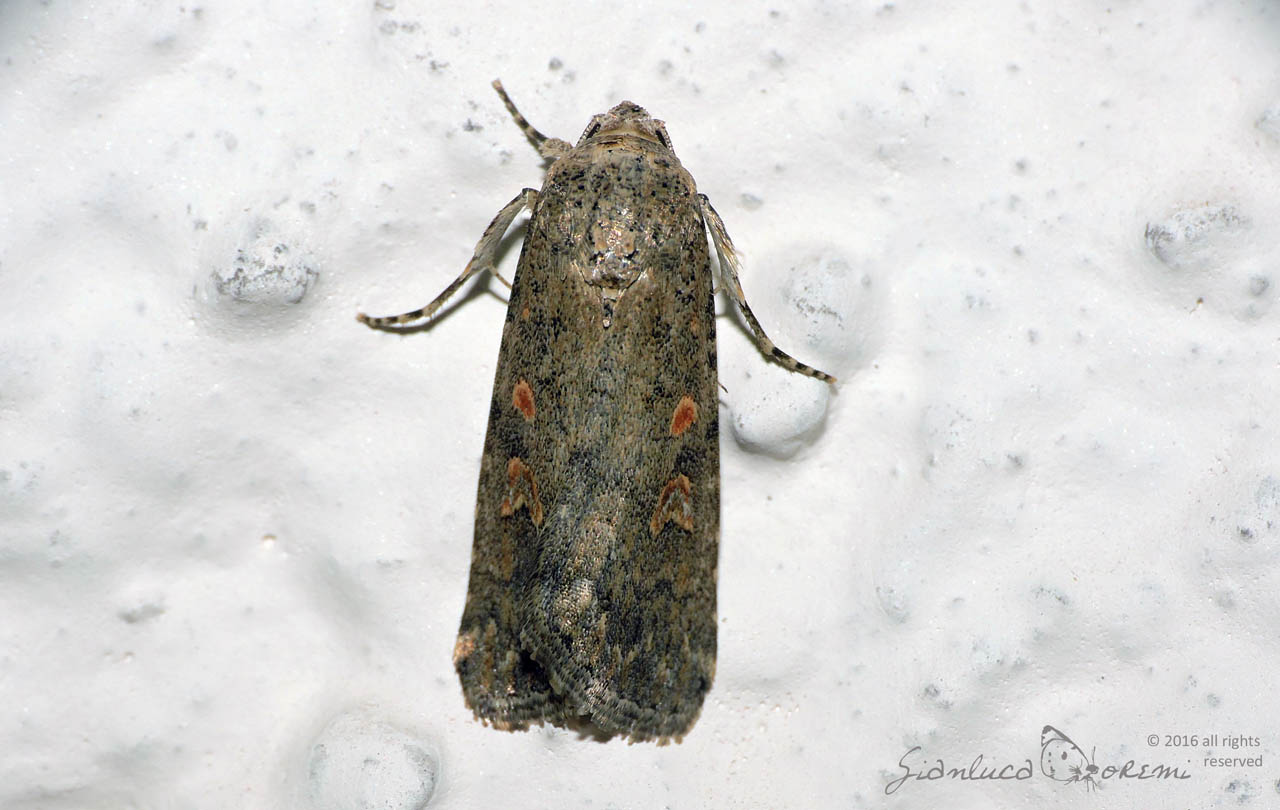
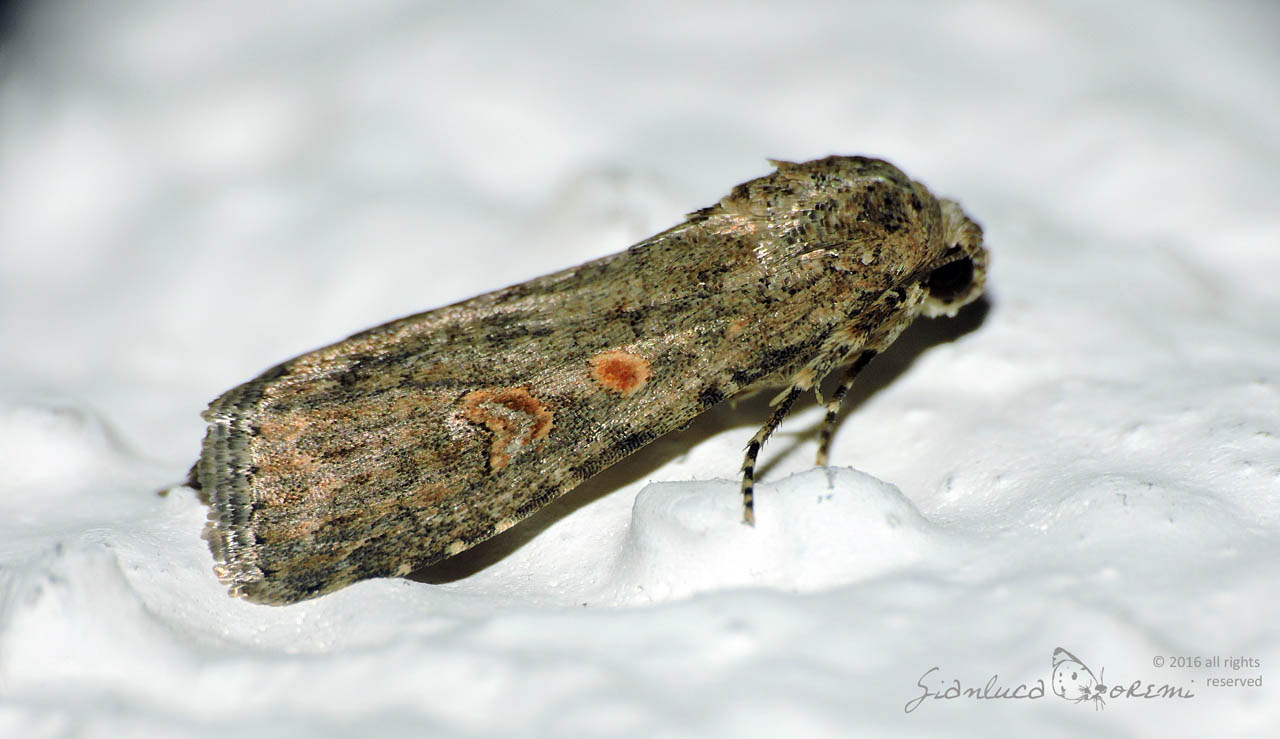
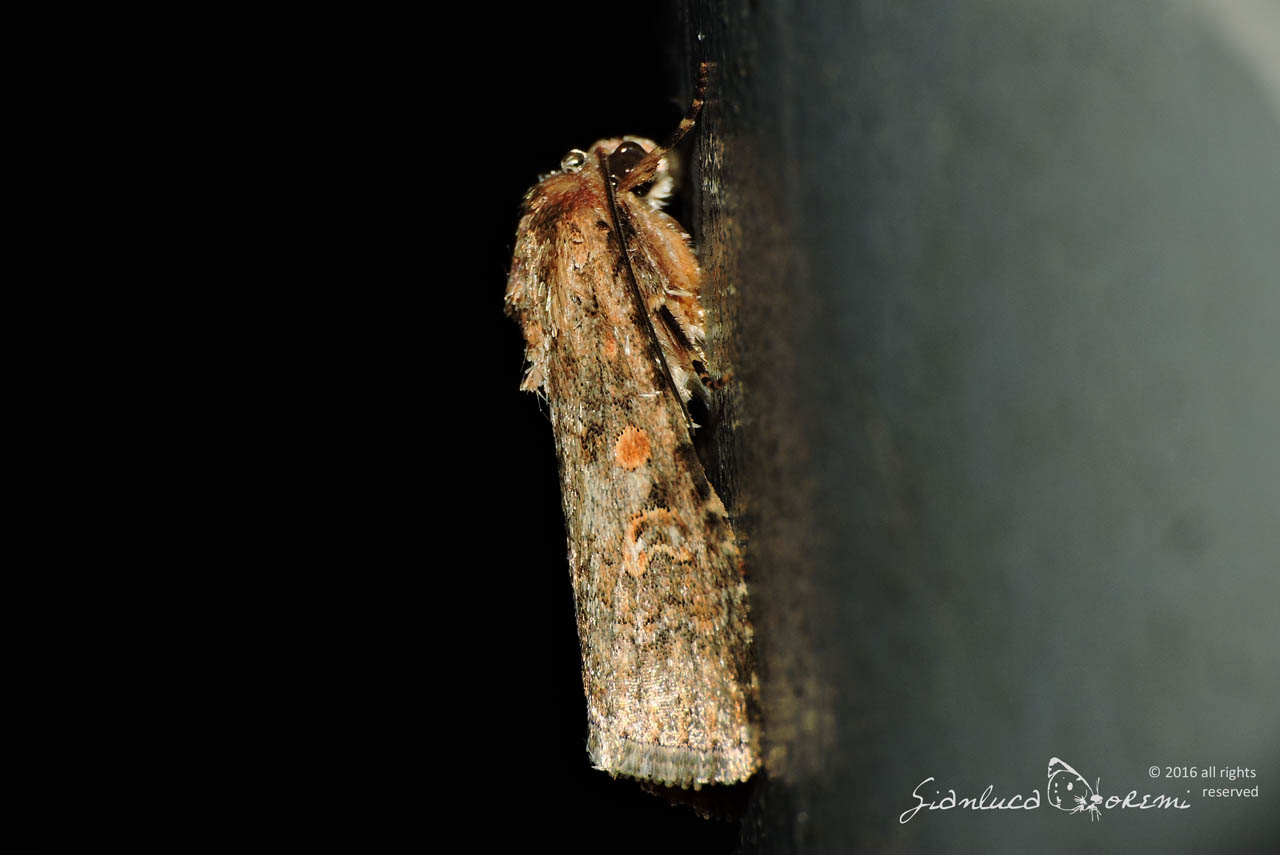
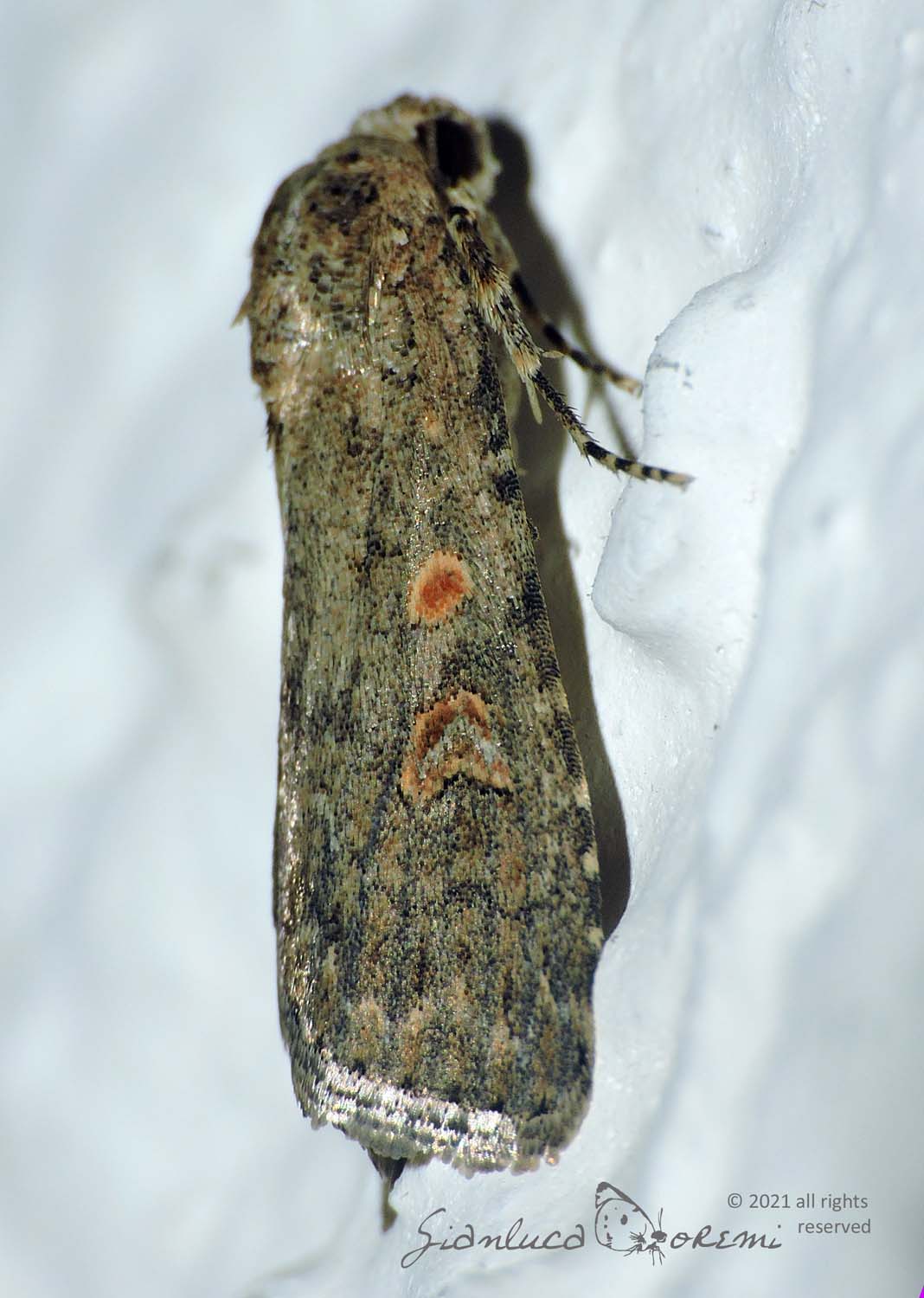
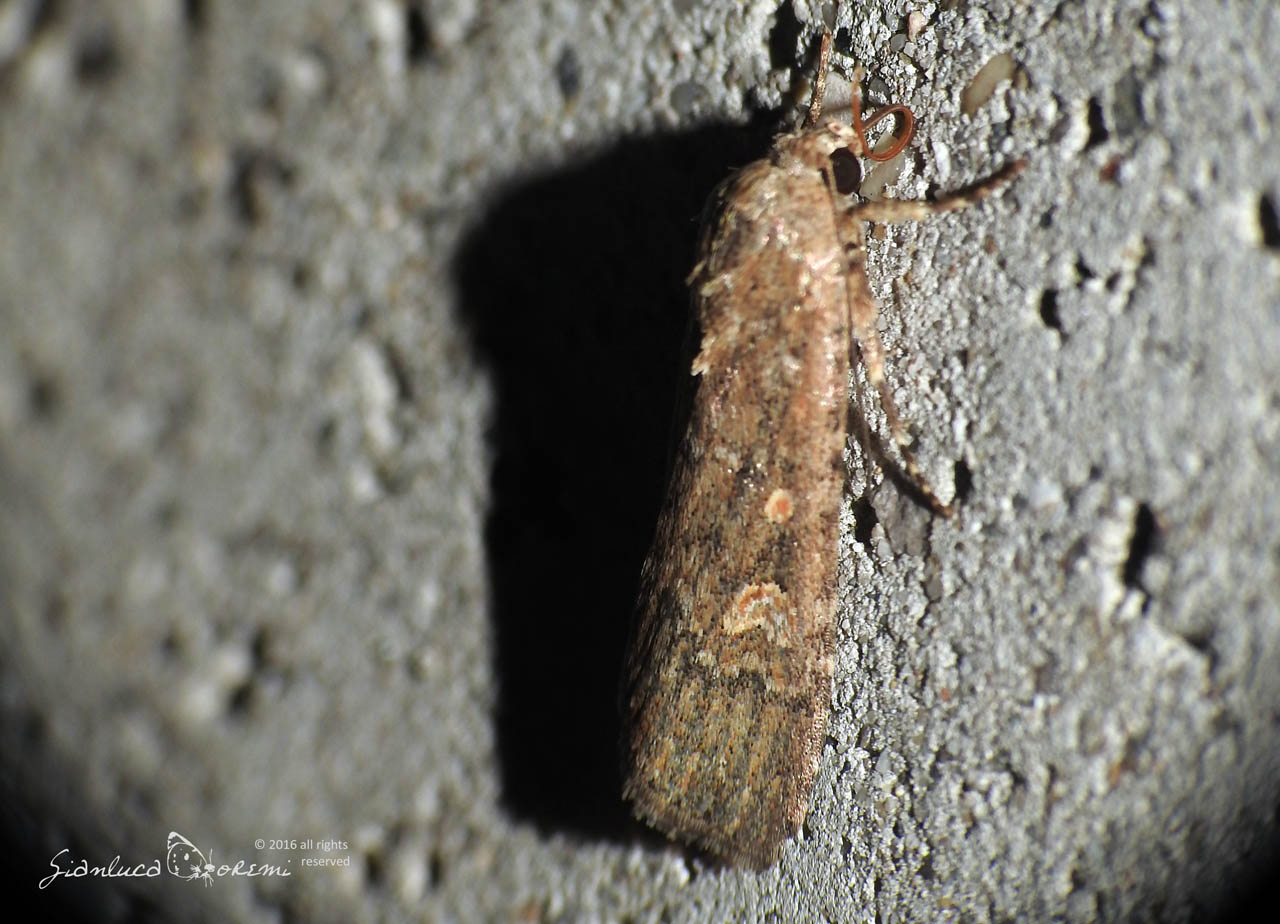
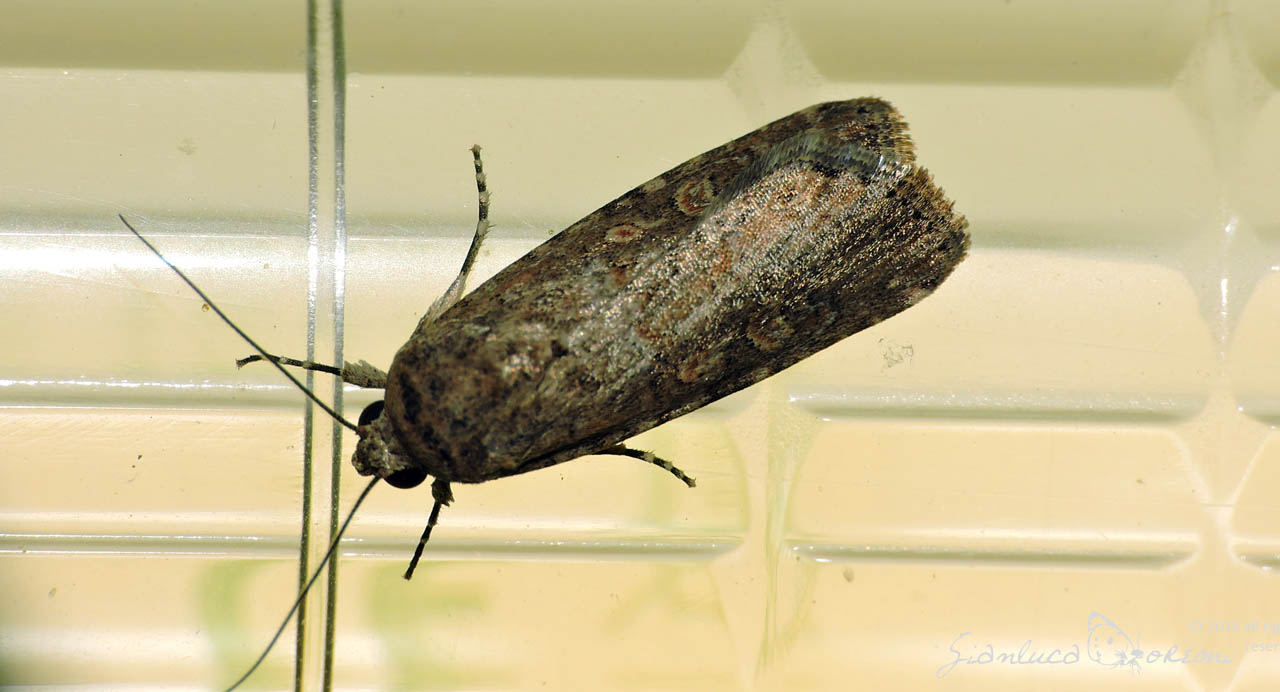
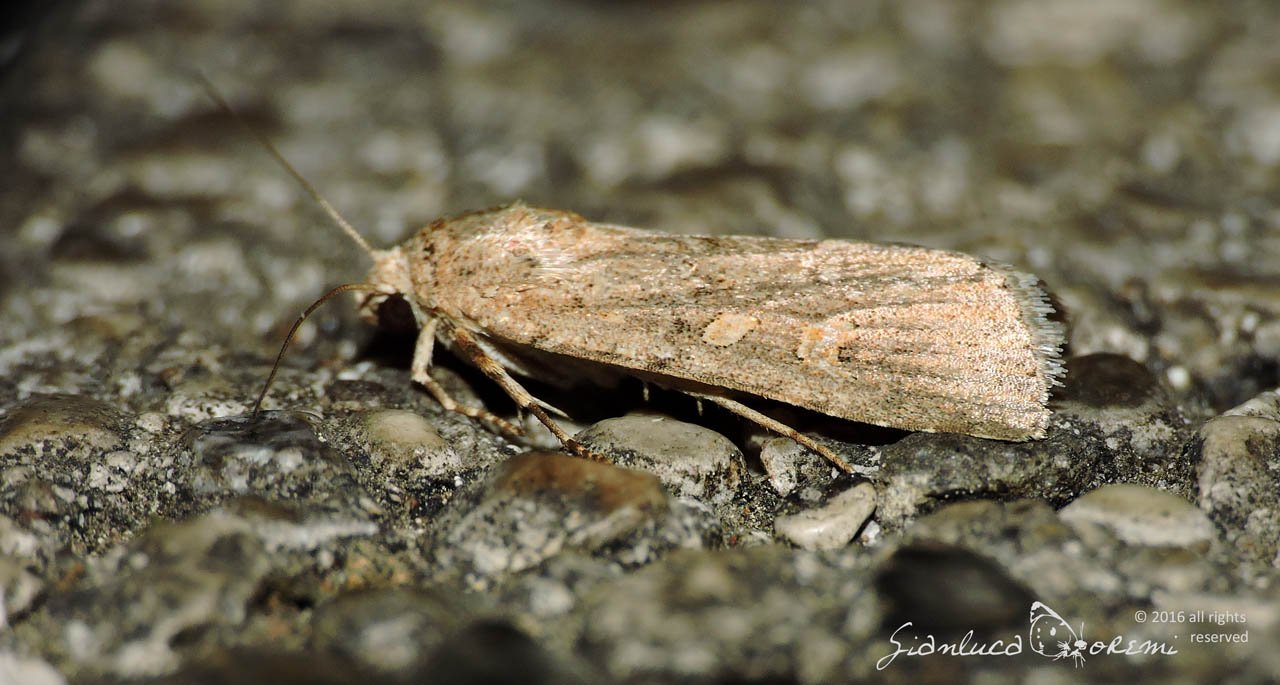
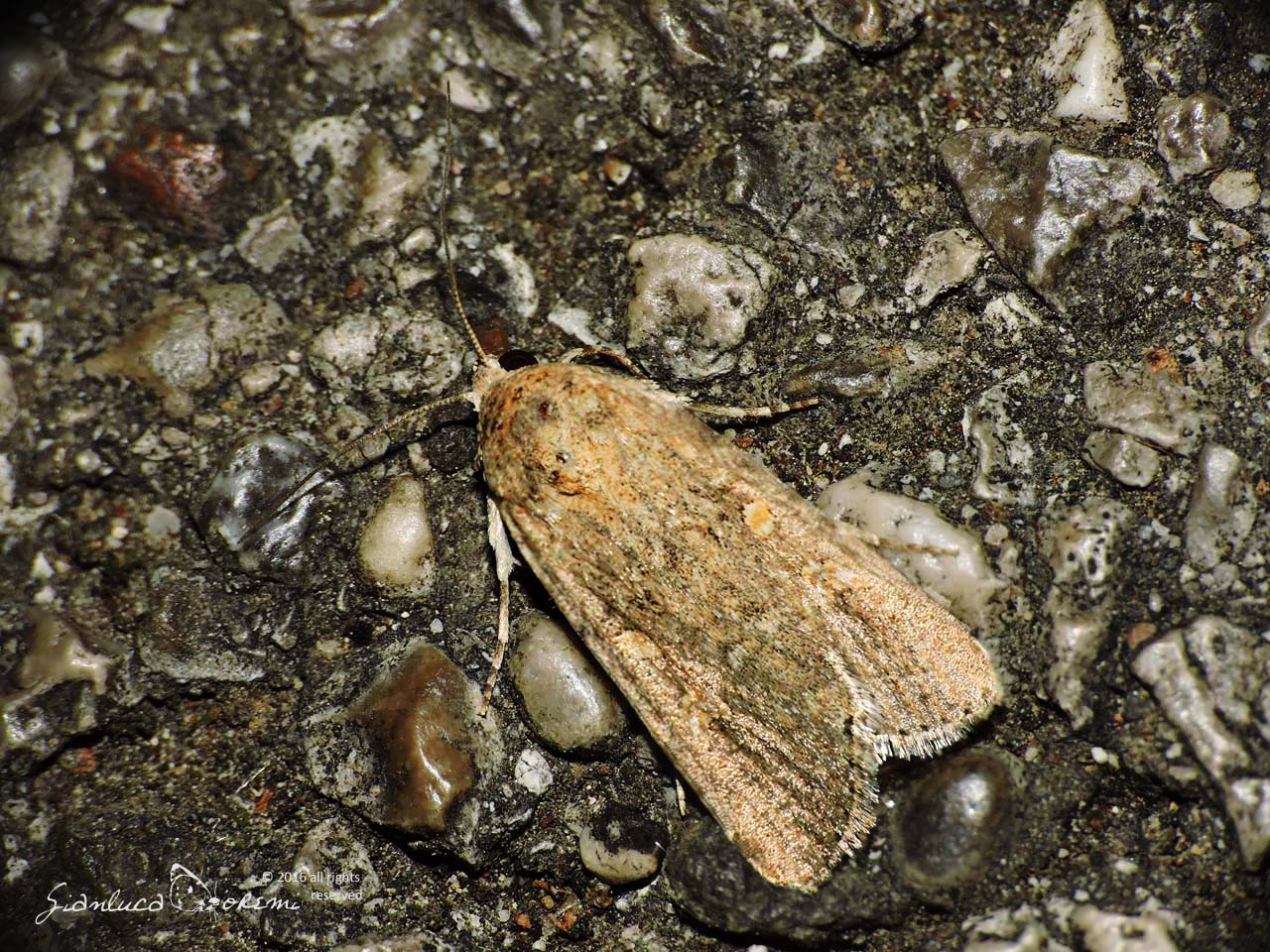
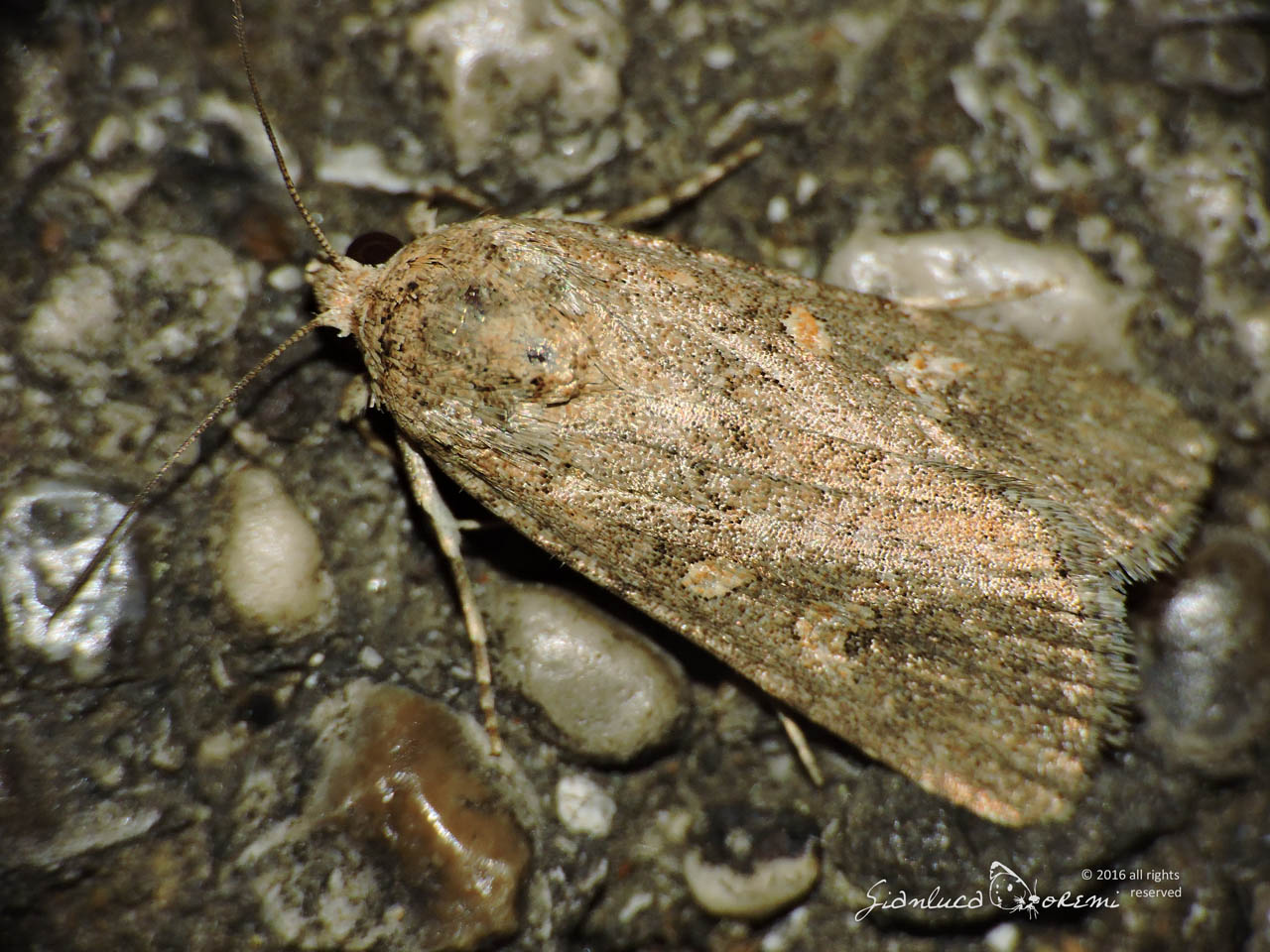



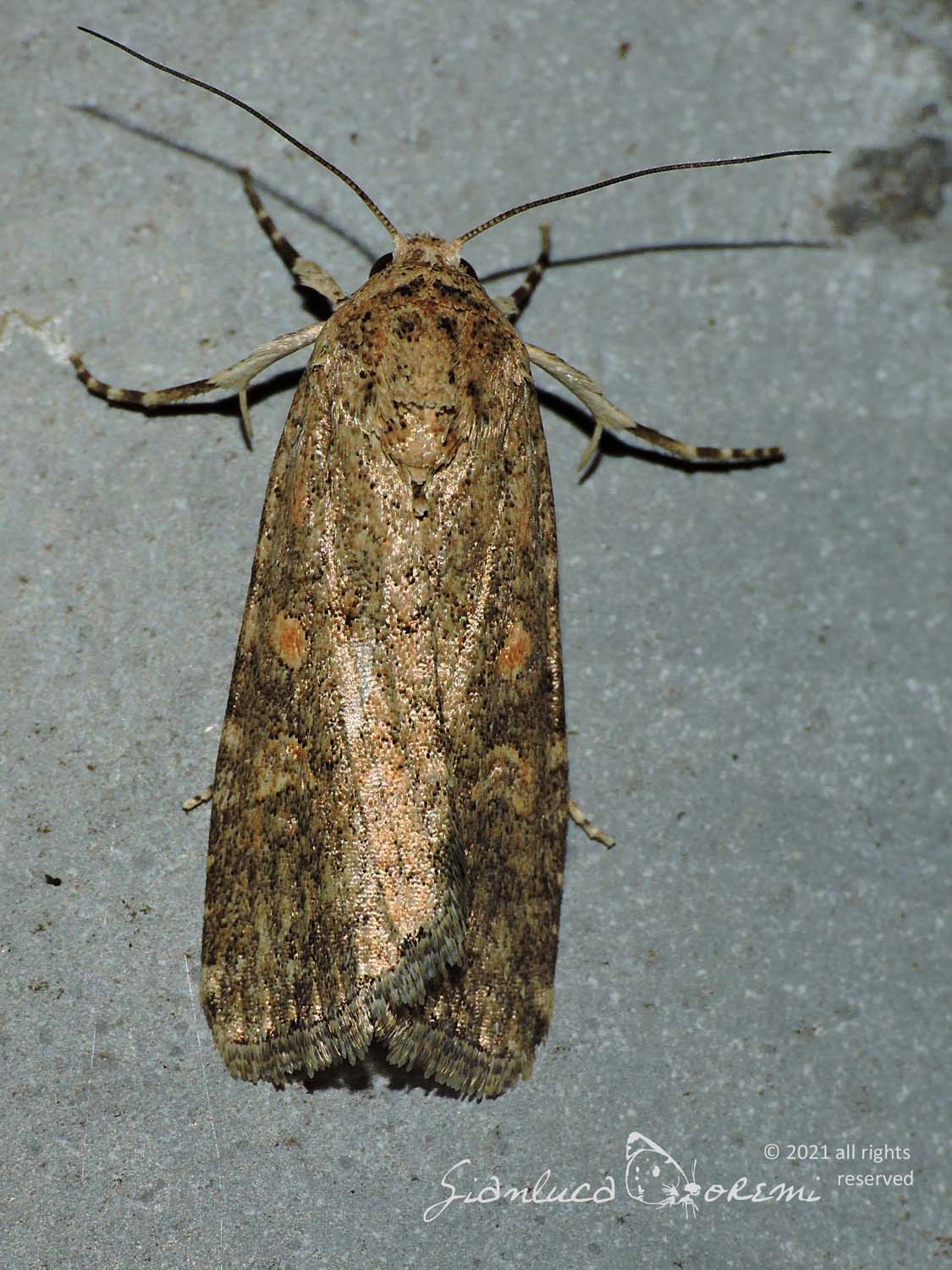
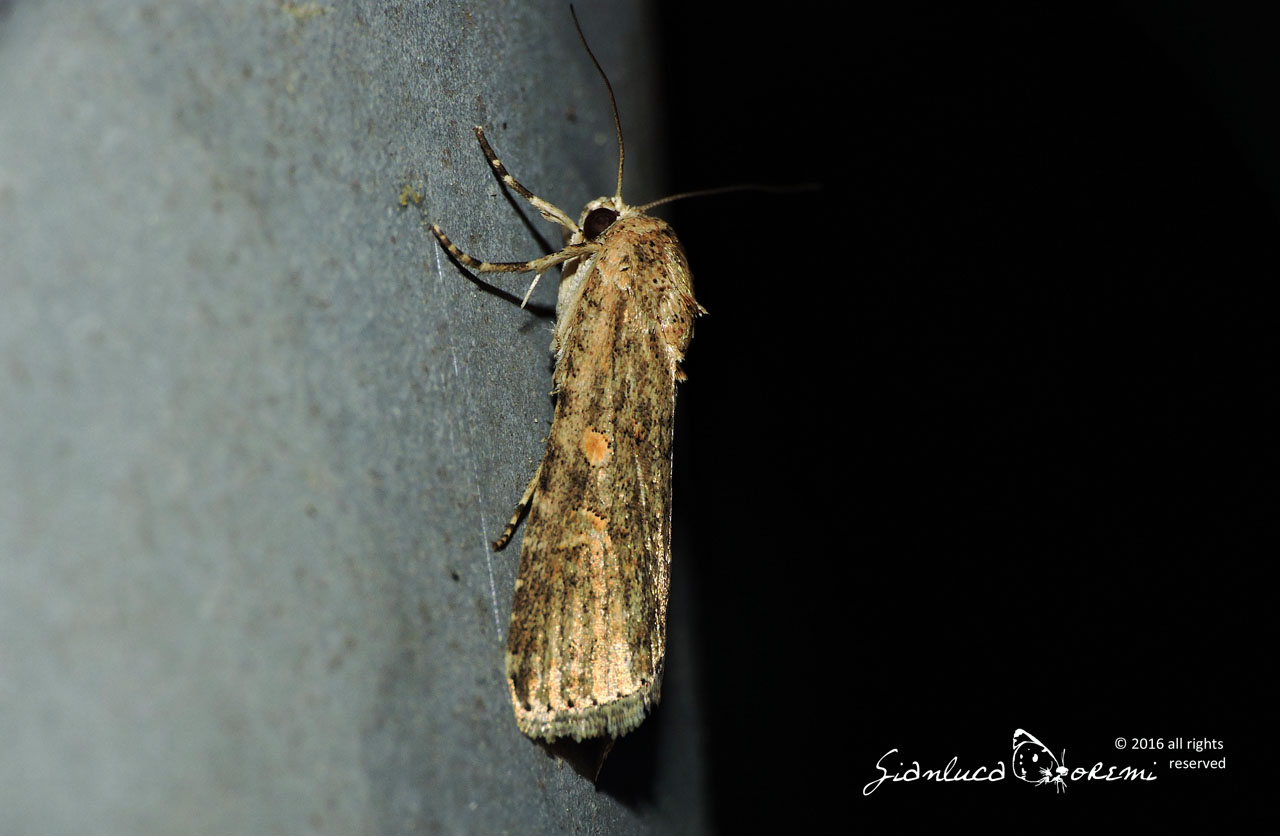

 EN
EN ITA
ITA
Social and publications